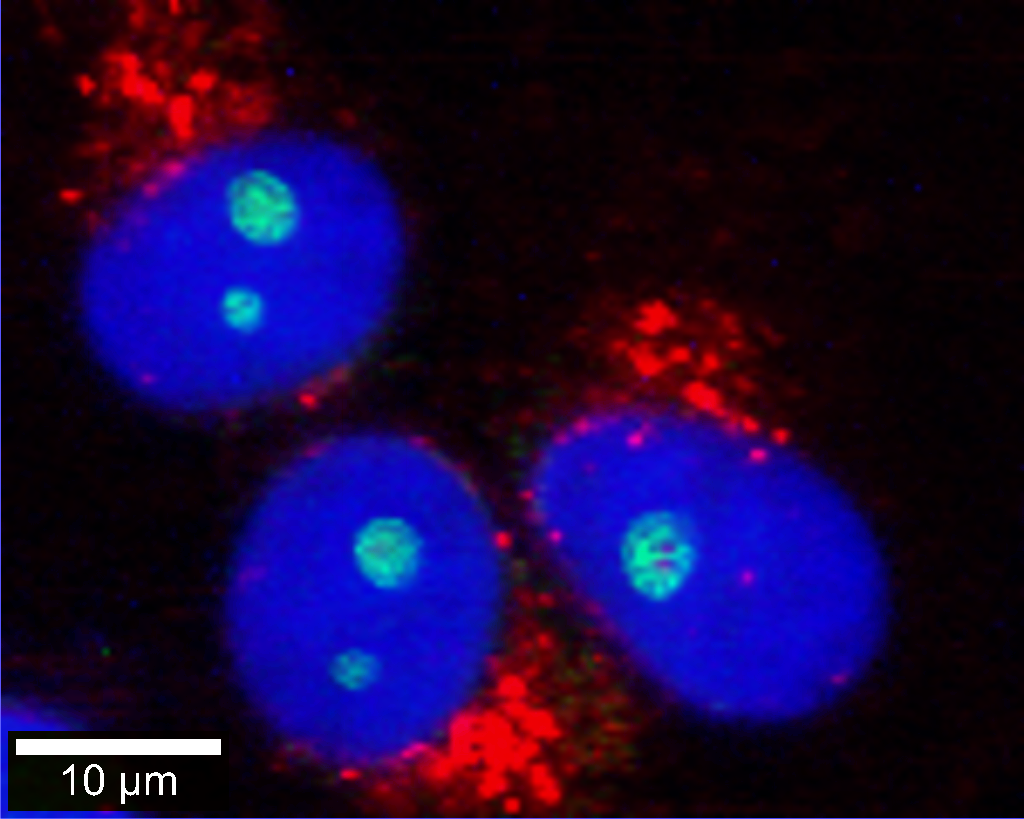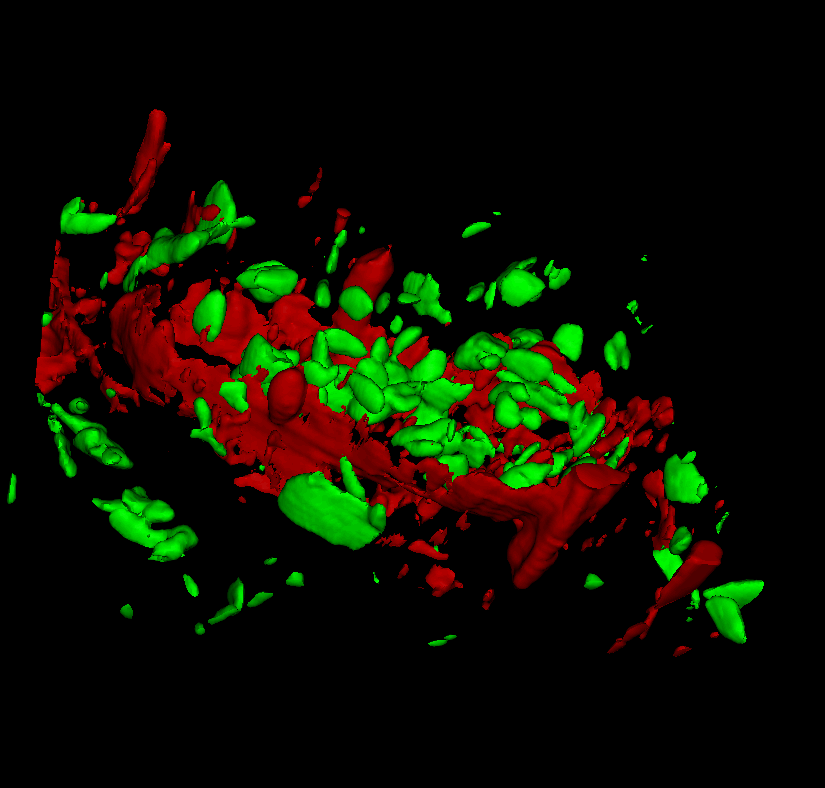The alpha300 Ri inverted confocal Raman imaging microscope from WITec makes 3D chemical characterization possible from a new angle.
The inverted beam path of the alpha300 Ri microscope preserves all the functionality of WITec’s alpha300 R Raman microscope series while introducing even greater flexibility in sample access and handling. The ability to survey and analyze samples from below is a considerable advantage when investigating aqueous solutions and bulky samples. Researchers in the fields of pharmaceutics, geoscience, life sciences and many more will benefit from the versatility and user-friendliness offered by the alpha300 Ri.
Key Features
- An inverted beam path enables liquid samples to be placed on the fixed plane of the stage for both rapid and repeatable measurements
- The motorized sample stage allows for the integration of environmental enclosures and other accessories
- Raman microscopy is non-destructive and doesn't require staining or other specialiized sample preparation
- Large samples that would be difficult to analyze under a traditional microscope objective turret can be accommodated by the alpha300 Ri’s sample stage
- Features all the exclusive and proven imaging and spectroscopy capabilities of the WITec alpha300 R range
- Can be used with other microscopy methods such as fluorescence, phase-contrast, and differential interference contrast (DIC)

Correlative Raman - fluorescence microscopy image of eukaryotic cells. Nuclei were stained with DAPI (blue). Endoplasmic reticulum (red) and nucleoli (green) were identified by their Raman signals. Image Credit: WITec GmbH

3D Raman measurement of banana pulp. Starch grains (green) and cell wall components (red) are clearly visible. Image Credit: WITec GmbH